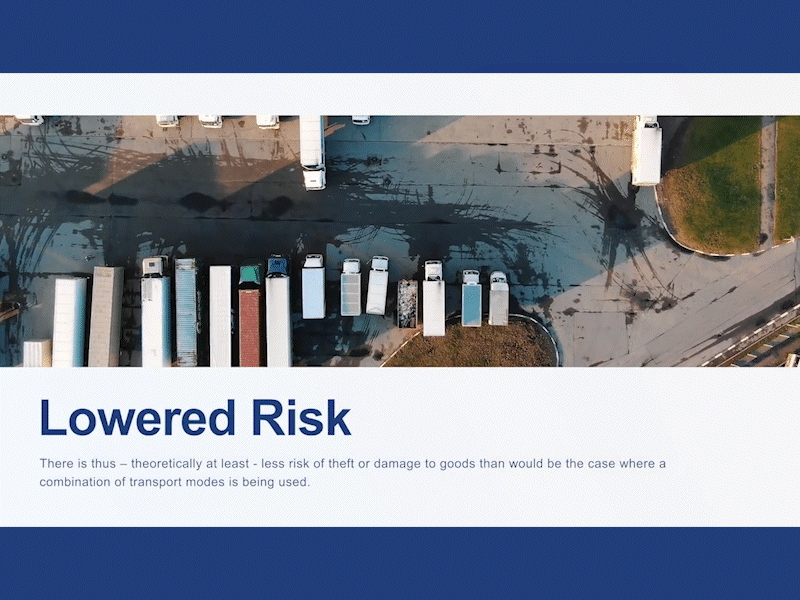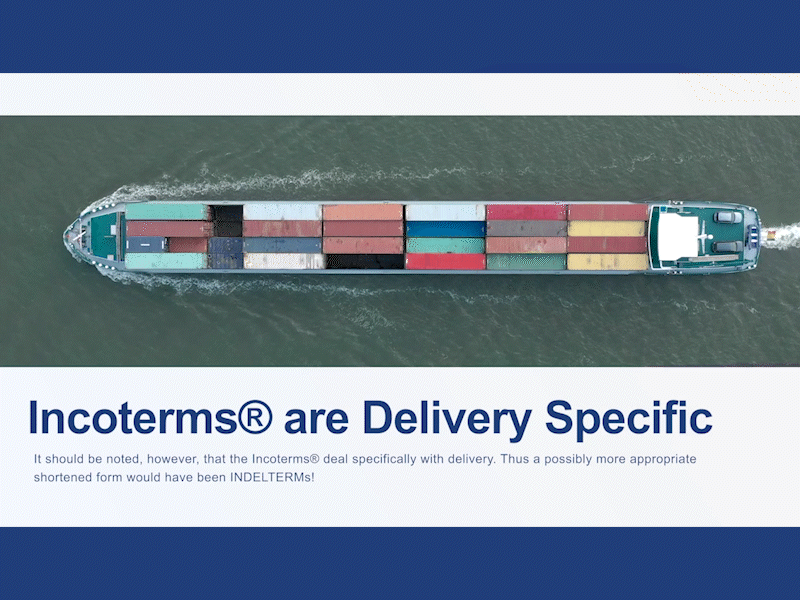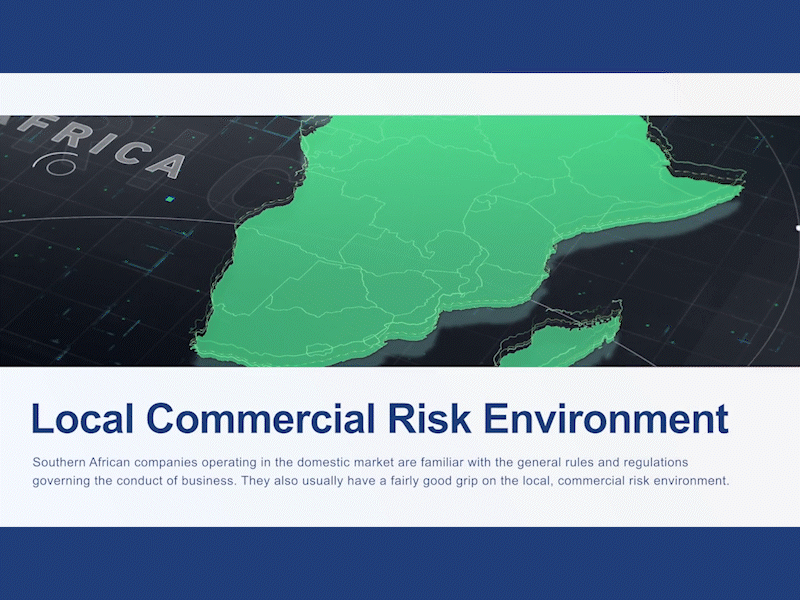Course 3: International Cargo Movement
Module: Packing and Marking for International Transit
Module Rating
Module 2 of 3
~32 minutes
6 Topics
Multiple Assessments

Packing and marking for international transit is part of the newest wave of the TFSA School of Export’s learning materials. The packing and marking for international transit module aims to teach learners about the factors that influence the packing of cargo such as The type of cargo, the cargo mass and dimensions, transit conditions, carrier mass, volume and configuration restrictions, port cargo handling facilities, cargo insurance stipulations, buyer’s requirements, national/international regulations, customs duty payable, recycling of packaging materials, and cost), different forms of the pack, dunnage, pack marking requirements, internationally accepted cargo handling marks, packing and marking breakbulk or LCL goods for transport by sea, packing and marking all packs to be transported by air, categories of dangerous goods, packing dangerous goods and marking requirements for dangerous goods.
If you have not, check out Module 1, Module 2, Module 3, Module 4, Module 5, Module 6 and Module 7 which form part of Course 1: Export Foundation Training alternatively if you are up to date, click on the button below to start the module on packing and marking for international transit.
Who is this Module for?
Businesses & Organisations
who have identified an opportunity to expand their product range into foreign trade markets
Governmental Organisations
looking to stay current on export readiness or require potential export assistance
Entrepreneurs & Individuals
with a basic understanding of the global trading environment looking to grow their knowledge of export readiness
Trade Consultants
looking to expand their knowledge of export readiness and the stages involved
Businesses & Organisations
running into business or product issues trying to expand to foreign trade markets
The packing and marking for the international transit module starts off by discussing the various factors that might influence an exporter’s decision on package and dunnage to use for a specific export consignment. Once you have an understanding of the various factors that could influence your choice of package and dunnage the module breaks down the differences between external protective packaging and dunnage.
Thereafter the focus is shifted to the various packs available to exporters as well as the differences and appropriate uses for each type of pack. This allows you to easily establish which pack would be most appropriate for your specific export consignments.
Once you understand the differences between the various packs, dunnage and external protective packaging the module will discuss the various pack markings used for transit by sea and transit by sea. This will teach you how to confidently mark a pack for transit by sea; and for transit by air, following the international guidelines that apply to each. Thereafter the module discusses the various cargo handling marks and which forms of cargo they would be most appropriate for. Once they have been discussed you should be able to apply cargo handling marks to the relevant pack surfaces that are applicable to the goods within the pack.
Once you understand the various forms of cargo handling marks the module aims to teach you how to determine whether or not your products meant for export fall under the ‘dangerous goods’ category. Thereafter the module will teach you to Where applicable, use the correct external packing and dunnage for the dangerous goods category into which your goods fall depending on the goods contained within the consignment intended for export. While also ensuring that you know how to meet the marking requirements for dangerous goods.
The packing and marking for international transit aid TFSA School of Export learners in navigating the intricacies of exporting consignments safely. Without the knowledge held within this module, exporters could face various stumbling blocks such as fines, shippers along the export journey handling your paks inadequately end even financial loss due to importers receiving damaged goods from the exporter due to using ineffective packs, dunnage or external protective packing.
Topic 1: Factors that influence the packing of cargo for international transit
Topic 2: Different forms of external pack and internal cushioning
Topic 3: The purpose of pack marking and different categories of marks
Topic 4: Packing and marking goods for surface transit
Topic 5: Packing and marking goods for transportation by air
Topic 6: Packing and marking requirements for dangerous goods
Packing and marking for international transit forms part of the second stage of the TFSA School of Export’s newest learning modules focused on furthering the learner’s export knowledge. If you are looking for export assistance, this is your ultimate source. Every course and the subsequent module has been developed and curated by the International Trade Institute of Southern Africa and Trade Forward Southern Africa. The entire training course is free of charge and can be completed by individuals and organisations alike. If you know anyone that would be interested, share this module with them using the link below. We would also love your feedback, so drop us a review once you have completed the module.
Packing and marking for international transit
The packing and marking for international transit module aims to teach learners about the factors that influence the packing of cargo such as the type of cargo, the cargo mass and dimensions, transit conditions, carrier mass, volume and configuration restrictions, port cargo handling facilities, cargo insurance stipulations, buyer’s requirements, national/international regulations, customs duty payable, recycling of packaging materials, and cost), different forms of the pack, dunnage, pack marking requirements, internationally accepted cargo handling marks, packing and marking breakbulk or LCL goods for transport by sea, packing and marking all packs to be transported by air, categories of dangerous goods, packing dangerous goods and marking requirements for dangerous goods.






